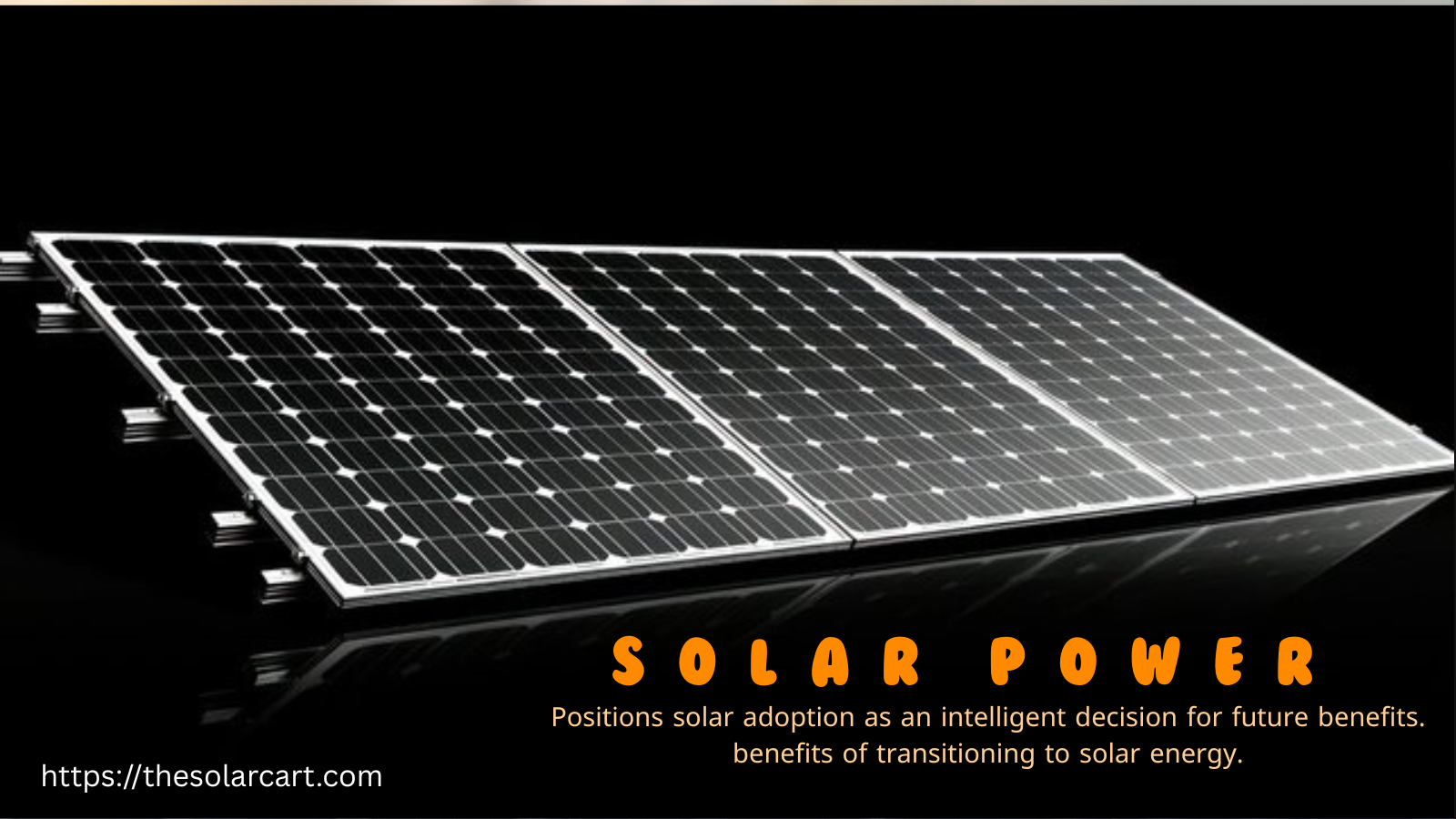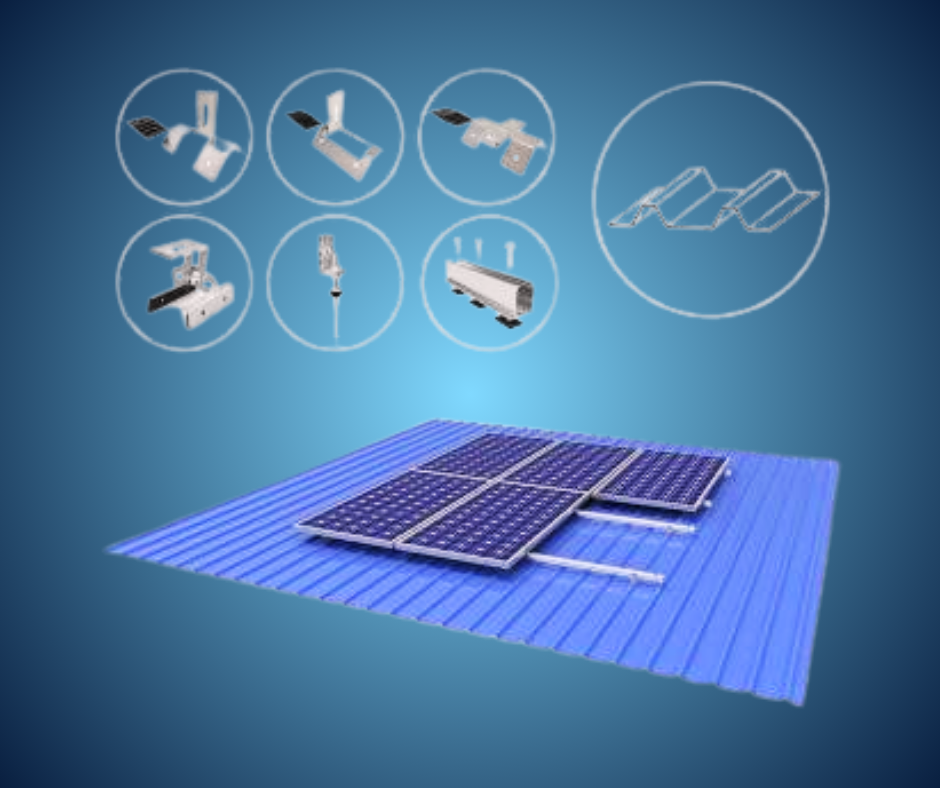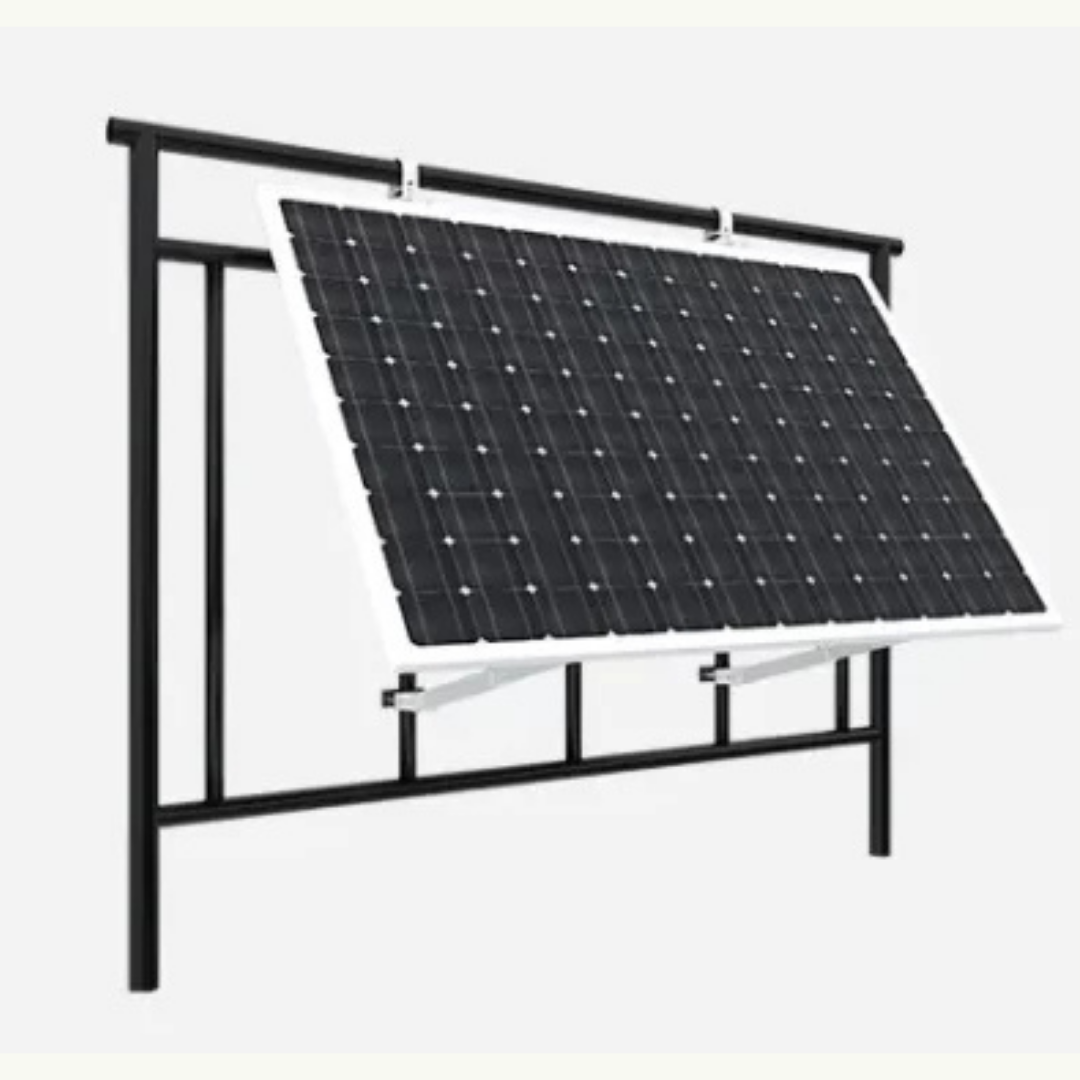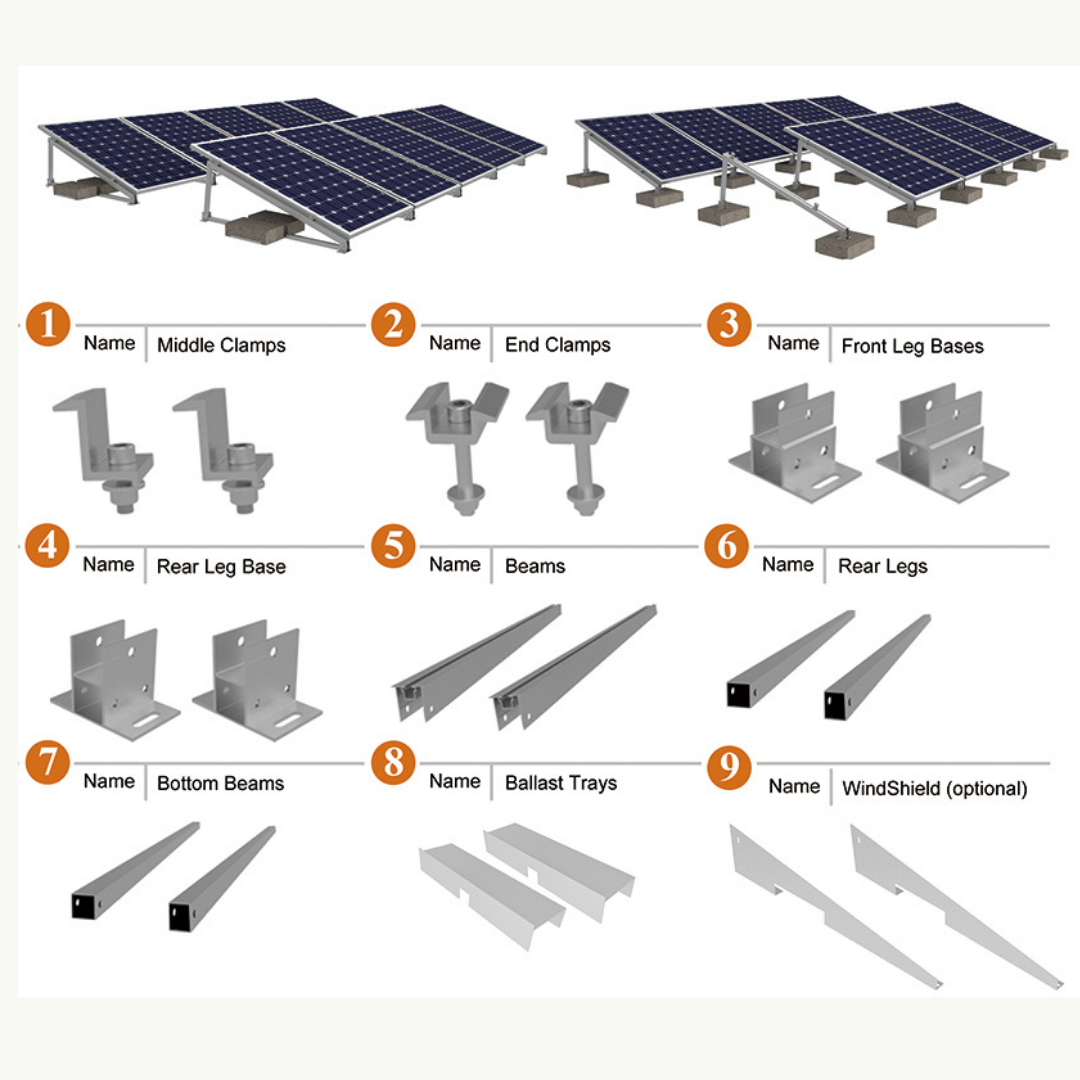Solar mounting systems (also known as racking systems) are the mechanical structures used to support and fix solar panels to various surfaces — rooftops, ground, poles, or carports. These systems provide the angle, orientation, and durability needed to ensure panels generate maximum power output over time.

When people think about solar power, their focus is usually on panels and inverters. But an often overlooked — yet critical — part of any solar installation is the mounting and racking system. This is the structural framework that holds your solar panels in place, ensuring they’re secure, optimized for sun exposure, and able to withstand the elements for decades.
In this blog, we’ll explore what solar mounting systems are, the types available, how they work, and how to choose the right one for your solar project.
Solar mounting systems (also known as racking systems) are the mechanical structures used to support and fix solar panels to various surfaces — rooftops, ground, poles, or carports. These systems provide the angle, orientation, and durability needed to ensure panels generate maximum power output over time.
Whether you're installing a residential system or a large-scale solar farm, proper mounting is essential for efficiency, safety, and longevity.
✅ Panel Efficiency – Correct tilt and orientation can improve energy production.
✅ Structural Integrity – Keeps panels secure in wind, rain, and snow.
✅ System Longevity – Protects your investment over 25+ years.
✅ Safety – Prevents damage to the roof or surrounding environment.
✅ Compliance – Meets local building and electrical codes.
Used for residential and commercial buildings, these systems attach solar panels directly to the roof structure.
Subtypes:
Pros:
Cons:

These are installed directly on the ground, often in open fields or backyards.
Subtypes:
Pros:
Cons:

Dual-purpose structures that provide shade or parking while generating solar power.
Applications:
Pros:
Cons:
A professional installer will perform a site analysis and recommend the best option for maximum output and structural safety.